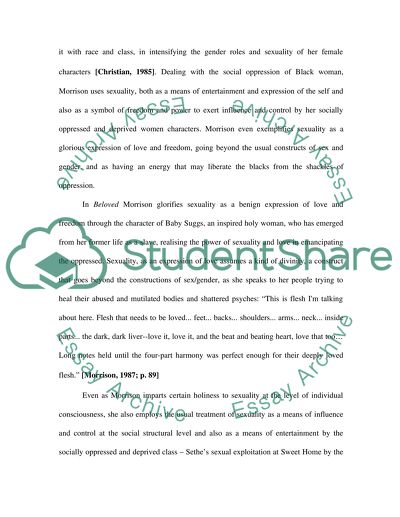Cite this document
(“Ellis's and Palahniuk's Literature Representation of Sexuality Book Report/Review”, n.d.)
Ellis's and Palahniuk's Literature Representation of Sexuality Book Report/Review. Retrieved from https://studentshare.org/literature/1506045-elliss-and-palahniuks-literature-representation-of-sexuality
Ellis's and Palahniuk's Literature Representation of Sexuality Book Report/Review. Retrieved from https://studentshare.org/literature/1506045-elliss-and-palahniuks-literature-representation-of-sexuality
(Ellis's and Palahniuk'S Literature Representation of Sexuality Book Report/Review)
Ellis's and Palahniuk'S Literature Representation of Sexuality Book Report/Review. https://studentshare.org/literature/1506045-elliss-and-palahniuks-literature-representation-of-sexuality.
Ellis's and Palahniuk'S Literature Representation of Sexuality Book Report/Review. https://studentshare.org/literature/1506045-elliss-and-palahniuks-literature-representation-of-sexuality.
“Ellis's and Palahniuk'S Literature Representation of Sexuality Book Report/Review”, n.d. https://studentshare.org/literature/1506045-elliss-and-palahniuks-literature-representation-of-sexuality.


